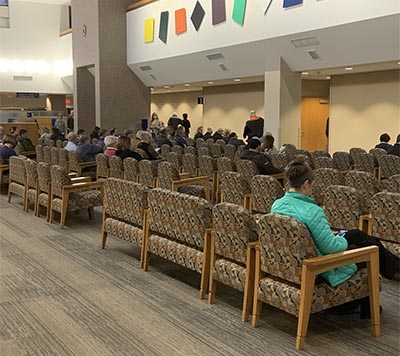Funded Research
Resources
Clinical Trials – United States
The Mayo Clinic in Rochester MN conducted two single case studies with two patients (22-year-old female and 17-year-old male) who are diagnosed with KCNA2 gain of function. Both were tried on Ampyra to evaluate seizure improvement. Results: Improvements to both subjects were noted in terms of seizure activity, clarity of thoughts, and balance. This study is ongoing and is due to be published in 2021.
Clinical Study – Spain
Recently, de novo mutations in the gene KCNA2, causing either a dominant-negative loss-of function or a gain-of-function of the voltage-gated K+ channel Kv1.2, were described to cause a new molecular entity within the epileptic encephalopathies. Here, we report a cohort of 23 patients (eight previously described) with epileptic encephalopathy carrying either novel or known KCNA2 mutations, with the aim to detail the clinical phenotype associated with each of them, to characterize the functional effects of the newly identified mutations, and to assess genotype–phenotype associations. We identified five novel and confirmed six known mutations, three of which recurred in three, five and seven patients, respectively. Ten mutations were missense and one was a truncation mutation; de novo occurrence could be shown in 20 patients. Functional studies using a Xenopus oocyte two-microelectrode voltage clamp system revealed mutations with only loss-of-function effects (mostly dominant-negative current amplitude reduction) in eight patients or only gain-of-function effects (hyperpolarizing shift of voltage-dependent activation, increased amplitude) in nine patients. In six patients, the gain-of-function was diminished by an additional loss-of-function (gain-and lossof-function) due to a hyperpolarizing shift of voltage-dependent activation combined with either decreased amplitudes or an additional hyperpolarizing shift of the inactivation curve. These electrophysiological findings correlated with distinct phenotypic features. The main differences were (i) predominant focal (loss-of-function) versus generalized (gain-of-function) seizures and corresponding epileptic discharges with prominent sleep activation in most cases with loss-of-function mutations; (ii) more severe epilepsy, developmental problems and ataxia, and atrophy of the cerebellum or even the whole brain in about half of the patients with gain-of function mutations; and (iii) most severe early-onset phenotypes, occasionally with neonatal onset epilepsy and developmental impairment, as well as generalized and focal seizures and EEG abnormalities for patients with gain- and loss-offunction mutations. Our study thus indicates well represented genotype–phenotype associations between three subgroups of patients with KCNA2 encephalopathy according to the electrophysiological features of the mutations.

